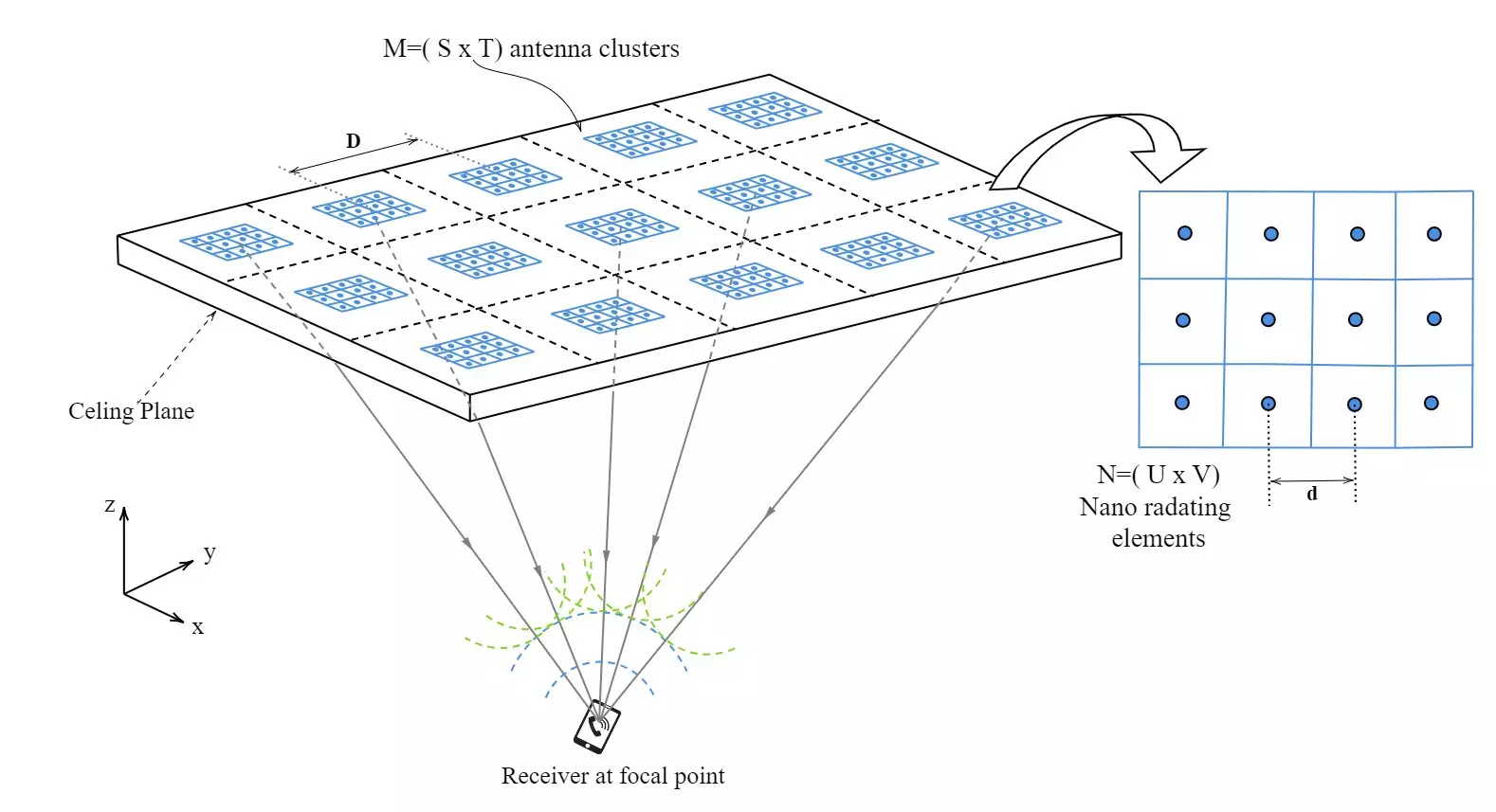The rapid advancement of digital communication has spurred an extraordinary demand for robust and efficient wireless systems capable of handling increasing data traffic. However, traditional wireless technologies, such as Wi-Fi and Bluetooth, are beginning to show their limitations, struggling under the weight of congestion, interference, and a lack of bandwidth. Enter Optical Wireless Communication (OWC), a groundbreaking solution that harnesses light to offer high-speed, reliable connections without the downsides associated with radio frequency (RF) technologies.
For years, RF technologies have established themselves as the backbone of wireless communication. Despite their long-standing reliability, these systems are increasingly challenged by the sheer volume of users and devices vying for their bandwidth. The resulting congestion not only slows down data transmission but can also lead to interruptions, making it critical to explore new alternatives. The search for solutions has led researchers to OWC, where signals transmitted via light have the potential to drastically improve performance metrics.
An Introduction to Optical Wireless Communication
At its core, OWC aims to bridge the gap between existing communication needs and the limitations posed by conventional RF systems. By leveraging infrared technology—known for its wide bandwidth and minimal interference—OWC systems promise to provide clearer signals and more efficient communication channels. Our recent research, published in the IEEE Journal of Lightwave Technology, presents innovative strategies for implementing OWC through advanced design concepts that push the boundaries of current understanding.
Central to our innovation is a unique configuration referred to as a “phased array within a phased array.” This design draws parallels with the quantum superposition principle, where multiple states can coexist. In our system, an intricate arrangement of smaller optical antennas is organized within larger arrays, resulting in a collective operational capacity that amplifies and fine-tunes the infrared signal with remarkable precision. This method contrasts sharply with traditional setups that rely on a solitary transmitter, which is inherently more susceptible to disruptions and signal degradation.
A distinguishing feature of our OWC system is the employment of dual transmission wavelengths, which enhances both the focus and stability of the signal. Even with larger spacing between multiple clusters of transmitters, this innovative configuration ensures greater beam accuracy and diminishes the likelihood of signal degradation. The redundancy built into our approach allows for consistent performance in varied and complex environments, addressing one of the most pressing challenges faced by current wireless technologies.
Prioritizing Energy Efficiency
In an era where sustainability and energy conservation are paramount, our research emphasizes energy efficiency within the OWC framework. Utilizing an Ant Colony Optimization (ACO) algorithm, our system intelligently manages energy consumption by activating only the clusters necessary for transmission, akin to turning off superfluous lights in a large facility. Traditional wireless networks, in contrast, often operate on a continuous power model, leading to unnecessary energy wastage. By optimizing resource usage, our ACO approach minimizes operational costs while substantially lowering the environmental footprint.
The implications of our OWC system are immense, paving the way for a multitude of applications across various sectors. From healthcare, where reliable communication is critical for patient data transfer, to commercial settings where robust networking enhances productivity, the potential is vast. Importantly, the principles developed in our phased array design extend beyond infrared light, offering adaptability and scalability suitable for different wavelengths as technology progresses.
In concluding this exploration, it is clear that the advancement of optical wireless communication technology holds the promise of reshaping not only how we connect but also the quality and sustainability of those connections. By merging cutting-edge research with practical solutions, we are poised to foster smoother, more efficient networks for the future. As we embrace these advancements, we prepare to unlock new dimensions in communication, setting the stage for the wireless networks of tomorrow.

